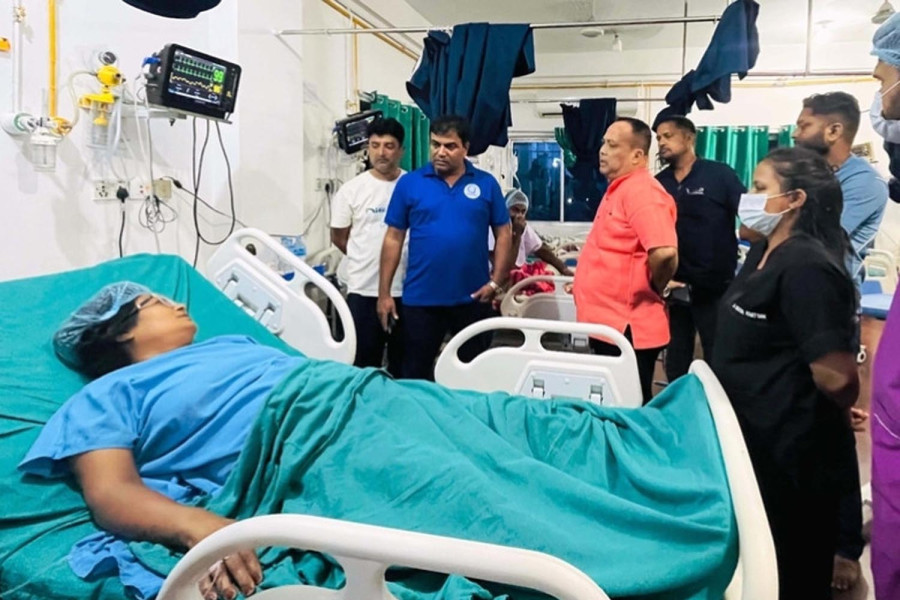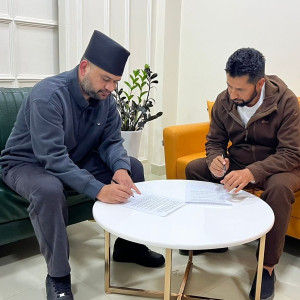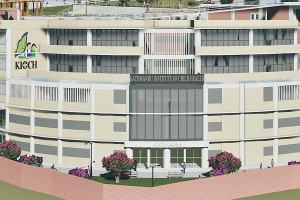Editorial
Containing cholera
The outbreak in Birgunj should serve as a wake-up call for the rest of the country.
A recent cholera outbreak in Birgunj Metropolitan City has taken a dangerous turn, with over 70 confirmed cases and two deaths (from diarrheal infections) as of Sunday evening. The bacteria has spread to various wards and communities of the metropolis—and more than 130 diarrheal patients have been admitted to health facilities in the district. Even though the outbreak’s major cause is yet to be identified, health experts suspect the presence of E. coli (a bacterium commonly found in the gut of humans and warm-blooded animals) in water supplied to the metropolis.
The Birgunj cholera outbreak shows how fast waterborne diseases can overwhelm communities, especially during the monsoon season. Even as the local and provincial governments, in coordination with health workers, promptly geared up to treat the patients, the outbreak has again exposed the vulnerability of our water infrastructure. According to the United Nations, out of 95 percent of the population with access to basic drinking water in Nepal, only 16 percent have access to a safe and managed drinking water service. Concomitantly, 52 percent of the population has a safe and managed sanitation service, while 64 percent have a handwashing facility at home.
The Constitution of Nepal guarantees the right to safe drinking water, and successive governments have pledged to uphold this right. The country has also committed to achieving universal, safely managed water and sanitation access by 2030 as a part of the Sustainable Development Goals. However, as the figures suggest, Nepal has yet to ensure safe drinking water and improve the sanitation conditions of the general public. Moreover, unhygienic water storage conditions, ruptured supply pipes, floodwaters contaminating drinking water sources, pollution in water sources, and people’s tendency to overlook basic sanitation, hygiene and drinking water safety are all contributing to the rise in water-borne diseases.
What we see is that during the outbreak of dangerous diseases, our healthcare system often cannot accommodate the overwhelming number of patients, as also seen in Birgunj. Narayani Hospital, the state-run health facility in Parsa district, is grappling with a surge of patients, and according to the hospital spokesperson, ‘no significant institutional support has been extended so far’. Nonetheless, local efforts like 24-hour help desks for cholera patients, dedicated wards and health personnel to treat them, door-to-door outreach in affected wards and banning the sale of street foods from the district coordination committee and the local level are commendable. Still, given the severity of the crisis, the role of the federal government is crucial. If it doesn’t tackle this situation with urgency by deploying necessary health professionals and adding hospital beds, things could quickly get out of hand, putting great strain on our entire healthcare system.
Birgunj’s case should also serve as a wake-up call for the rest of the country. Just last year, approximately 95 cholera cases were reported in Kathmandu, Lalitpur, Kailali, Pyuthan, Makawanpur, Rolpa, Sindhupalchok, Achham and Rautahat districts. Many places in Nepal are not immune to outbreaks like cholera and therefore require timely intervention. Time for a wait-and-see approach is long gone.




 6.1°C Kathmandu
6.1°C Kathmandu














